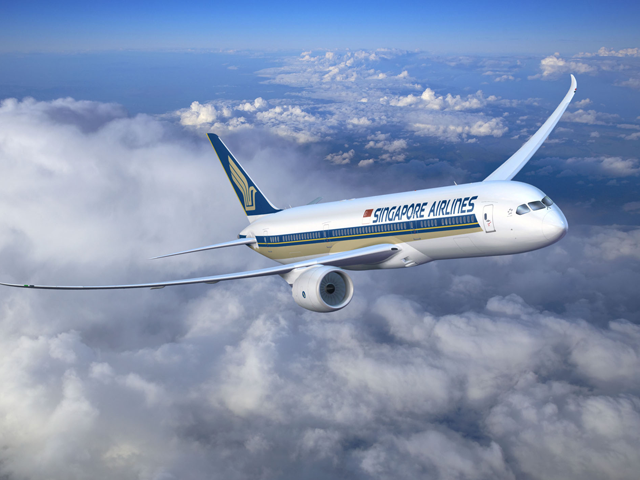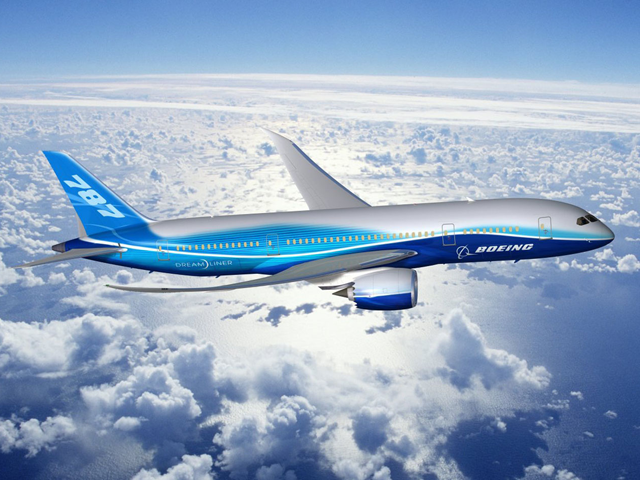
2:28 AM

Charles dickens
,
0 Comments
Plane
San Francisco, Oakland and San Jose International Airports service the San Francisco Bay area.
Car

The Presidio can be reached from the north by crossing the Golden Gate Bridge (Highways 1 and 101); from the east by way of Lombard Street (Highway 101); and from the south via Highway 1.
Public Transportation
San Francisco Municipal Railway (MUNI) buses serve the Presidio via the 28, 29, 43 and 82X lines. Bus service from the North Bay to the Golden Gate Bridge toll plaza is available through Golden Gate Transit.

Fort Baker, the ninth and final "Post-to-Park" converstion in the Golden Gate National Parks, is a 335 acre former 1905 U.S. Army post located immediately north of the Golden Gate Bridge. This hidden gem of a site consists of over 25 historic army buildings clustered around a main parade ground, a sheltered harbor protected by a jetty, a number of historic gun emplacements, and trails and forested areas climbing gently up from San Francisco Bay.

Fort Baker features a hands-on children’s museum and learning center, the Bay Area Discovery Museum; a first-class lodge, Cavallo Point-the Lodge at the Golden Gate; an institution dedicated to dialog and action on global environmental issues, the Institute at the Golden Gate; as well as a very active U.S. Coast Guard station and a small yacht harbor.

4:34 AM

Charles dickens
,
0 Comments
A pilot plan to screen traveler airplane cargo for explosives will be launched later this summer at San Francisco International Airport (SFO) by the U.S. Department of Homeland Security (DHS).The Air Cargo Explosives Detection Pilot course, the effort will be conducted at SFO air cargo services under a collaboration between DHS’s Science and Technology (S&T) Directorate plus Transportation Security Administration (TSA).

The $30 million cargo explosives show pilot course will later be delayed to two other as yet unannounced – U.S. airports. The objective of the course is to value better the technical and operational issues related with explosives detection for air cargo. This work will provide critical information to help in making future decisions on the national air cargo security communications, as well as support in the research and growth planning to hold air cargo safety.
Additional agencies involved in the SFO pilot course will be the airport, air carriers, Lawrence Livermore National Laboratory, Oak Ridge National Laboratory, Pacific Northwest National Laboratory and the New Jersey-based Transportation Security Laboratory.
With the amount of air cargo undergoing screening due to rise substantially, the scientists will seek a better understanding of the economic impact of these changes on the air carriers and how they do business.The pilot course will focus on developing concept of operations for screening air cargo. Those concepts will be evaluated and checked to see whether they can be improved for use at other airports.

Work done in combination with the Transportation Security Laboratory will, in part, focus on developing a list of Work done in combination with the Transportation Security Laboratory will, in part, focus on developing a list of suitable screening techniques for different commodities and types of air cargo. The program will use currently offered commercial technology for screening air cargo. It is expected new ideas will be generated for where the department should invest its R&D resources to improve the technology.for different commodities and types of air cargo. The program will use currently offered commercial technology for screening air cargo. It is expected new ideas will be generated for where the department should invest its R&D resources to improve the technology.
To advance the field, the DHS is already funding the growth of new screening technologies for explosives, such as advanced X-ray systems that can screen entire pallets at once. Among the systems or techniques now used for baggage screening that will also be deployed at SFO for cargo screening are Explosive Detection Systems, Explosive Trace Detectors, and standard X-ray machines, as well as canine teams and manual inspections.
Data collected through this course will allow the research team to check the accuracy of computer models that will simulate the air cargo screening process at SFO, and can then be expanded to the entire airport and other airports.

The S&T Countermeasures Test Beds program provides DHS with an independent and objective testing capability. This program provides information about scientific, economic and operational issues associated with deploying technologies. Additionally, the program provides data to decision-makers as to which technologies are suitable for different missions.

5:14 AM

Charles dickens
,
0 Comments
In festival of the 100th birthday of the National Park Service in 2016, America invites the world to notice the meaning of national parks to their lives and inspires people to both practice and become faithful to these special places.
On August 25, 2006 - the 90th birthday of the National Park Service – Secretary of the Interior Dirk Kempthorne launched the National Park Centennial Initiative to plan national parks for another century of maintenance, preservation and pleasure. Since then the National Park Service asked citizens, park partners, and experts and other stakeholders what they envisioned for a second century of national parks.

A nationwide sequence of more than 40 listening sessions produced more than 6,000 comments that helped to shape five centenary goals. The goals and vision were accessible to President Bush and to the American people on May 31st in a report called The Future of America’s National Parks.
Every national park staff took their lead from this report and shaped local centennial strategies to describe their vision and desired accomplishments by 2016. This is just the 1st year, and there are many great things to come as the National Park Service prepares to celebrate 100 years!
To keep up with the Centennial Initiative and to knowledge the interactive story of The Future of America’s National Parks.

12:21 AM

Charles dickens
,
0 Comments
MUNI Bus and Cable Car Routes. For MUNI information call 415/673-MUNI(6864)
To Visitor Center, Museum Building, Aquatic Park, and Hyde Street Pier:
#19 Polk
#30 Stockton
#42 Downtown Loop
#47 Van Ness/Potrero
#49 Van Ness/Mission
F Market Historic Streetcar
Powell-Hyde Street Cable Car

To the Maritime Library Laguna Street Entrance (Lower Fort Mason):
#28 19th Avenue
Cast in 1679 in Lima, Peru, the 8-pound San Francisco bears the coat of arms of Don Baltasar de la Cueva Henriquez y Saaverdra, 24th Viceroy of Peru.

Originally emplaced at the Castillo de San Joaquin to guard the San Francisco Bay, the cannon was subsequently moved to Sonoma at the request of the Mexican Governor of Alta California. On July 20, 1846, Captain Montgomery of the U.S.S. Portsmouth sent a military detachment to retrieve the cannon and return it to the Presidio.






 4:03 AM
4:03 AM
 Charles dickens
,
Charles dickens
,








